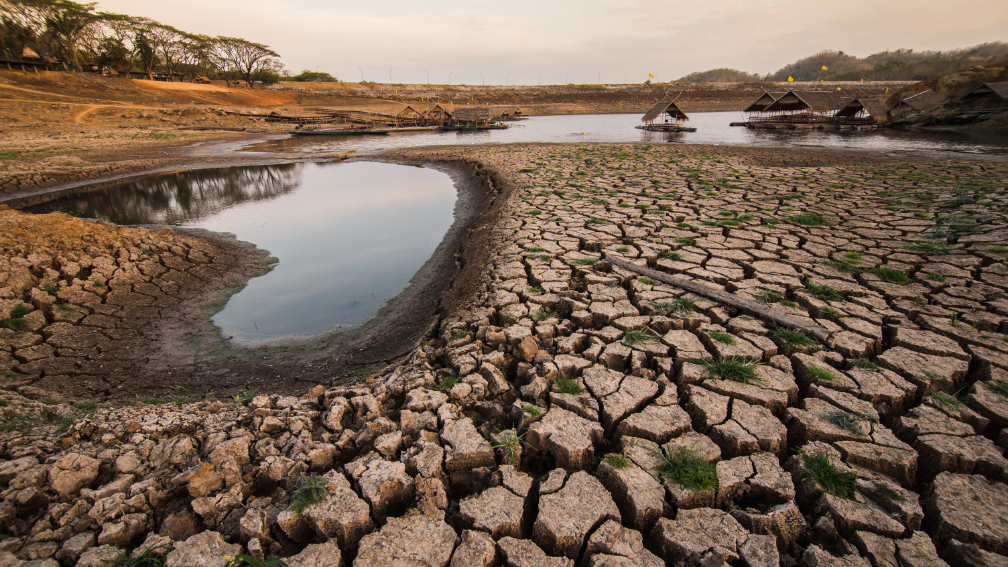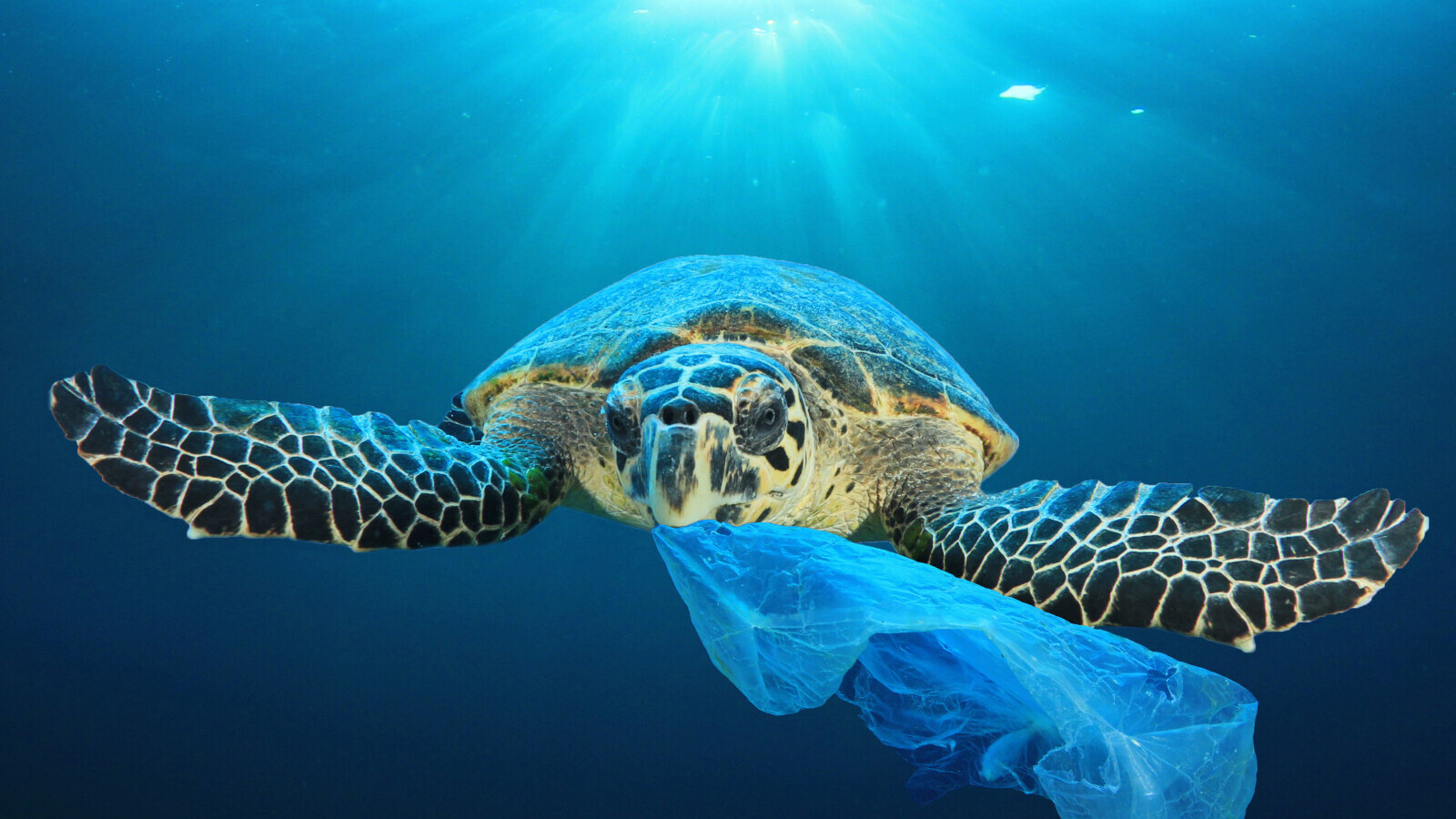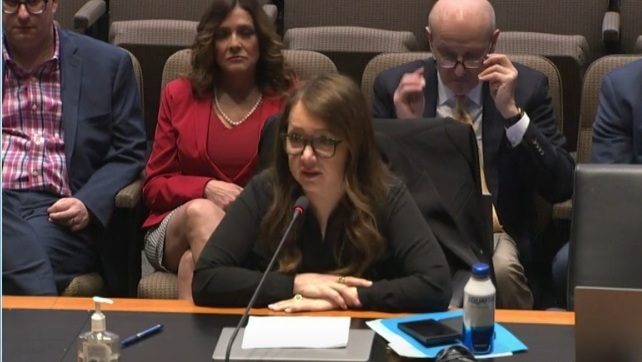
COP27: developed countries ‘failing on $1bn a year mobilisation pledge’
Several nations had expected to deliver urgent funding by 2022 or 2023 at COP26 in Glasgow last year.
Developed nations have failed to make good on commitments made over a decade ago at the Copenhagen Summit to administer $1bn in climate finance every year to developing countries by 2020.
Last year at COP26 in Glasgow, several nations admitted to missing the 2020 target and stated they instead expected to deliver urgent funding to countries at greatest risk of climate change by 2022 or 2023.
According to speakers at the 5th high-level ministerial dialogue on climate finance, held on Monday 14 November at COP27 in Egypt, the funds remain outstanding.
Outstanding funds
In the session, Diann Black-Layne, member of the Standing Committee on Finance, presented findings of the fifth Biannual Assessment of Climate Finance Flows for the year 2019-2020.
While in the year to 2020 total flows from developed to developing nations increased by between 6% and 21% across various sources, compared to the previous two-year period, most donors failed to meet the 2020 climate finance mobilisation target.
Black-Layne said: “With regard to climate finance, in the context of broader finance flows, opportunities and costs associated with the climate transition, it is clear that global climate finance flows are small relative to the overall needs of the climate transition.”
She noted that in the same year, economic losses from weather-related catastrophes had jumped 36%. While there was $803m of global climate finance flows over the period, $4.5trn is needed annually, to achieve a net-zero pathway.
Meanwhile, Richard Muyungi, member of the Standing Committee on Finance, presented findings of a technical process tracking efforts towards achieving the $100bn mobilisation goal.
Muyungi said while no source suggests the goal had been met in 2020, forward-looking estimates indicate the goal could be achieved in 2023, within a range of $101bn and $106bn.
Flows to Africa were found to be particularly low and stood at just 26%.
We know money is not a problem. We have seen how rich nations have mobilised over $15trn in response to the Covid-19 pandemic. That is 150 times the $100bn goal.
Money ‘not a problem’
Nafkote Dabi, head of climate policy at Oxfam, said: “Developed countries have failed to deliver much-needed climate finance to developing countries. We know money is not a problem. We have seen how rich nations have mobilised over $15trn in response to the Covid-19 pandemic. That is 150 times the $100bn goal.
“Given the scale of the crisis developing countries are faced with, we have got to get the $100bn right this time and we have to set a new goal based on needs and not political goals.”
Dabi urged delegates to look again at the figures provided by nations, highlighting that while developed countries claimed they had reached $83.3bn in flows in 2020, Oxfam estimated the real value to be between $21bn and $24.5bn.
“This is a third of what developed countries are reporting,” she said.
Dabi explained that “to make matters worse,” 70% of that public finance figure had come from loans, pushing developing countries further into debt.
Even more concerning was the increase in non-concessional loans, which made up 40% of the total, she said.
“Non-concessional loans are even being provided to countries considered at risk of debt distress by the IMF,” she added.
“We need real grant-based funding increases and developed countries need to provide a clear roadmap on how they will deliver the $600bn from 2020 to 2025.”



